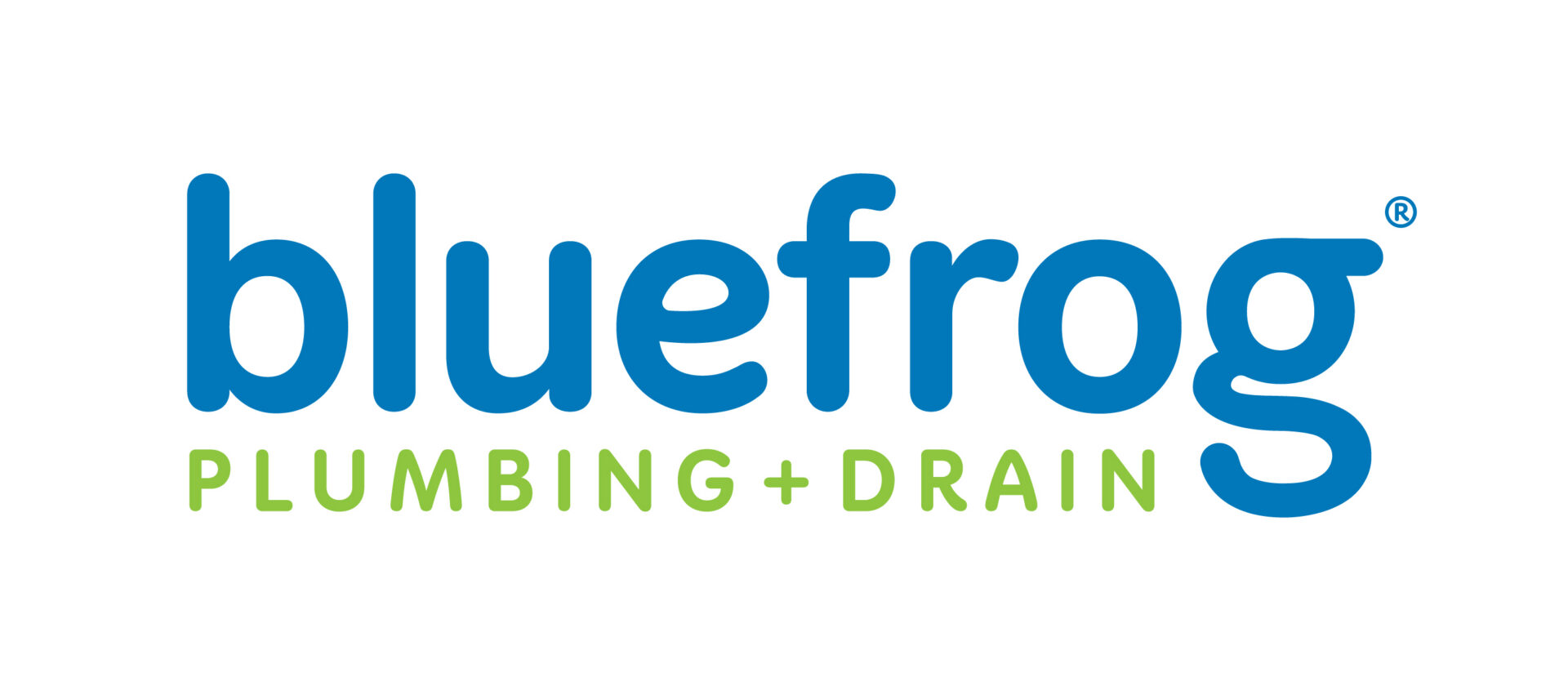Photo By Diane079F at Shutterstock
Plumbing service providers face many challenges in locating leaks and making plumbing changes and repairs in walls, under floors, and especially under a concrete slab. Many homes have a network of plumbing that was put in place before the foundation was poured. These pipes can operate dependably for years, but over time corrosion, freezing weather, shifts in the foundation and other stresses can cause leaks in the under-slab plumbing.
When the Pipes Are Under a Concrete Slab or Foundation
In some cases, remodeling may require the modification of plumbing under the slab, or another plumbing service to accommodate a basement bathroom or other renovations. Whether we’re locating and repairing a leak or making modifications, there will be decisions to make about whether to perform repairs in place or reroute your pipes to avoid slab disruption.
Slab Changes Can be Noisy, But Aren’t Always Difficult
Breaking through the concrete slab to access your plumbing requires jackhammer work and other powerful tools to break through the concrete, which can be noisy. The process of locating the pipes and gaining access through the slab can sometimes be a simple plumbing service. In some cases, your plumber may dig under the slab instead, which can be time-consuming. The choice of access and repair methods reflects the type of work to be done, the age and condition of the pipes under the slab, and a careful consideration of the plumbing service costs involved.
Slab Changes Often Involve Significant Costs
These days, much of our in-wall leak repairs and re-piping plumbing service work can be done very efficiently without disturbing too much of the wall as we access the plumbing. For pipes encased in concrete, however, there is often significant labor involved in gaining access which increases plumbing service costs. In some cases, you may find that your homeowner’s insurance policy addresses at least some costs related to a sudden slab leak. This type of work is often one of the most involved and expensive repair processes homeowners experience. We’re glad to help you understand your options, and also to take steps to avoid future problems.
Specific Reasons for Making Changes to the Slab
Leaks are the number one reason for slab changes. They can arise as copper or cast-iron pipe corrodes, the pipes are damaged by shifts in the slab and the ground beneath it, and cold weather causes expansion and cracking due to water freezing in the line. You may also want to perform work on the slab if you are remodeling in your basement and need new water and waste lines run to a bathroom or kitchen. Since waste lines use gravity to move their contents to your sewer line, they usually need to be located beneath the fixtures, even in your basement. This plumbing service work involves adding new lines below the slab.
An Alternative to Running New Lines Through the Slab
If you’re adding new lines to your basement, be sure to ask our plumbing service professionals about options that involve running your lines, even waste lines, along the wall instead. In many cases, we can recommend special toilets that connect to a wall-based sewer line instead of sitting on a flange, and other methods of removing waste without the usual gravity feed. Another possibility that some homeowners employ is placing the basement bathroom on a riser, so that waste lines can be run beneath the elevated floor allowing standard plumbing techniques to be used for the toilet.
Leak Detection Technology Keeps Slab Changes to a Minimum in Leak Repairs
Our electronic leak detection equipment allows our plumbing service experts to chase down the source of your leak with precision, using water leak sounds to calculate where to dig or break through the slab. This can make a big difference in the time involved in the process as well as the repairs that will be needed to the slab and floor coverings afterward. It’s a technology we can use for leaks throughout your home.
Key Factors in Your Choice of Repair Method
Important considerations in your decision to tunnel under or break through the slab, or reroute plumbing include the age of the slab, the type of soil underneath, the type of slab, and the extent of the work required. Of course, budget considerations are an important factor as well.
Rerouting Under-Slab Plumbing
As your home ages, the slab upon which it sits becomes more brittle. This places your plumbing at risk if the slab shifts. If you choose not to tunnel under the slab, we may suggest replacing under-slab piping with pipes run up from the under the slab and within your basement or crawl space. This can be inconvenient and, in cold weather, can expose the pipe to freezing temperatures. It does allow you to make minimal changes to the slab, which in some cases can be important to avoid cracking and further plumbing damage.
Avoiding Slab-Related Plumbing Repairs
Procedures such as “watering the slab” can help you manage the moisture in the soil that supports your slab, even if it is a “floating slab” that is designed to avoid being affected by expansion and contraction of the soil. Because the soil moisture towards the center of the slab is often more consistent than at the edges, the slab can flex in response to the difference of soil pressure between the center and the edges. This is called “doming” when the edges are lower, and “dishing” when the edges rise due to moisture. There are some simple, effective ways that you can help maintain consistent moisture along the edges to avoid this stress on your slab.
Expert Advice and Professional, Skilled Plumbing from bluefrog
Under-slab plumbing requires skill and experience to develop the repair strategy that works best for you. Turn to bluefrog Plumbing + Drain to get quick, professional plumbing service and repair advice including expert slab changes and leak repairs. Call us today.
